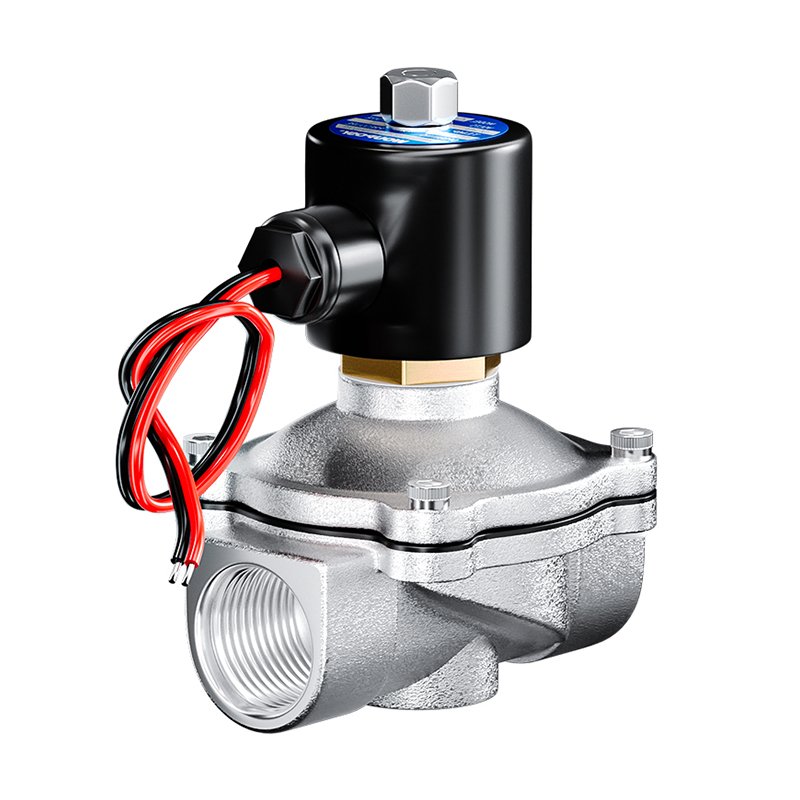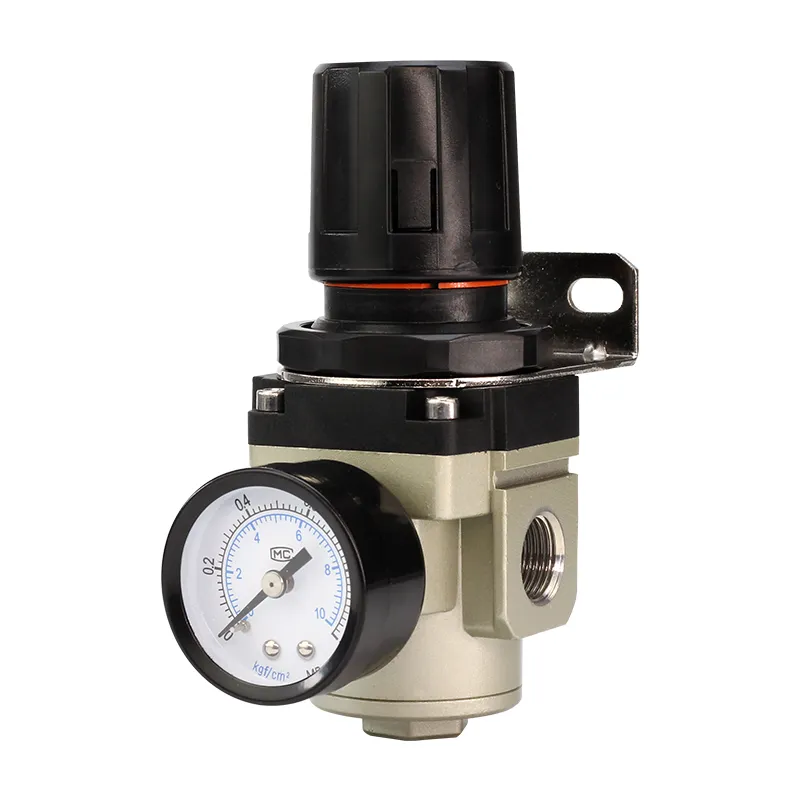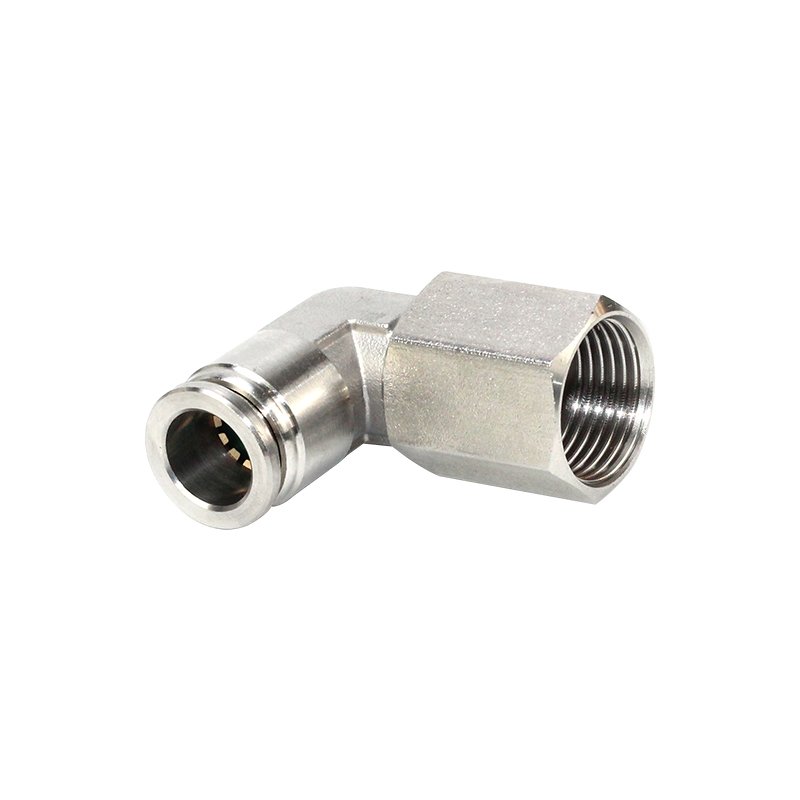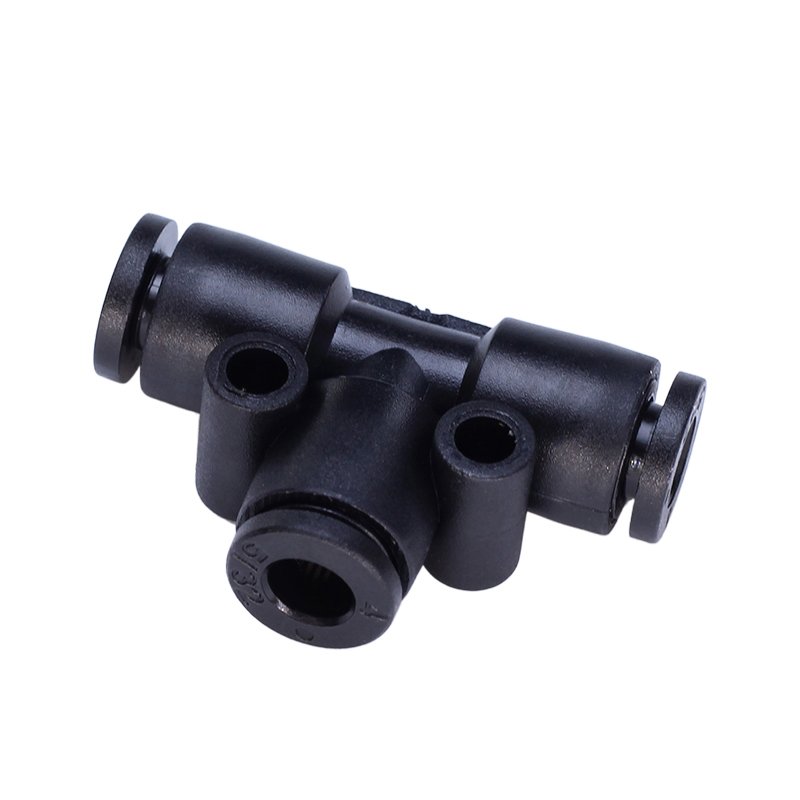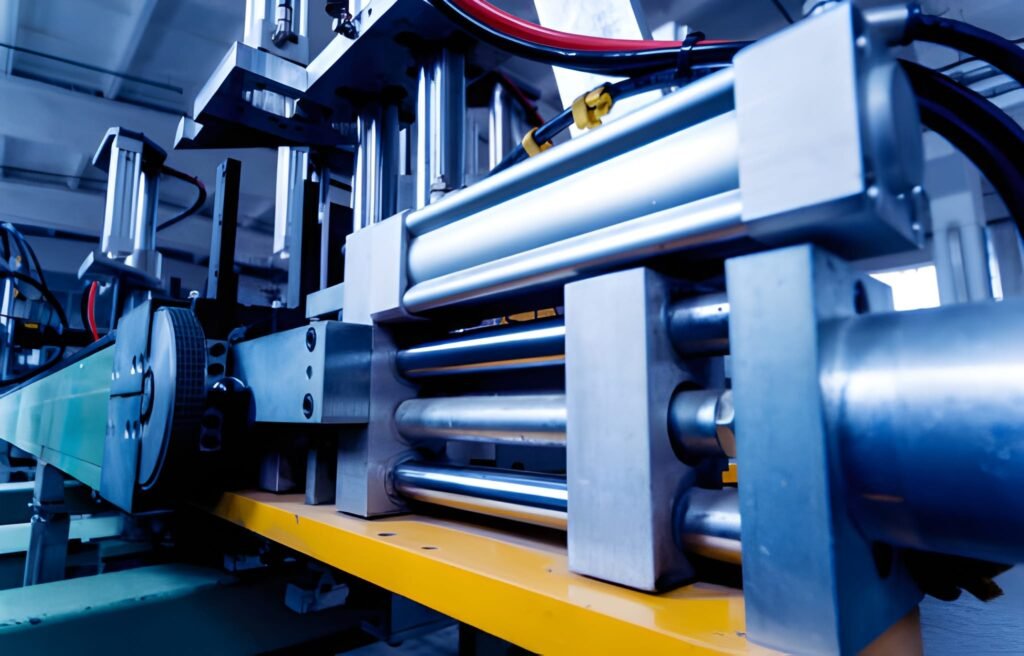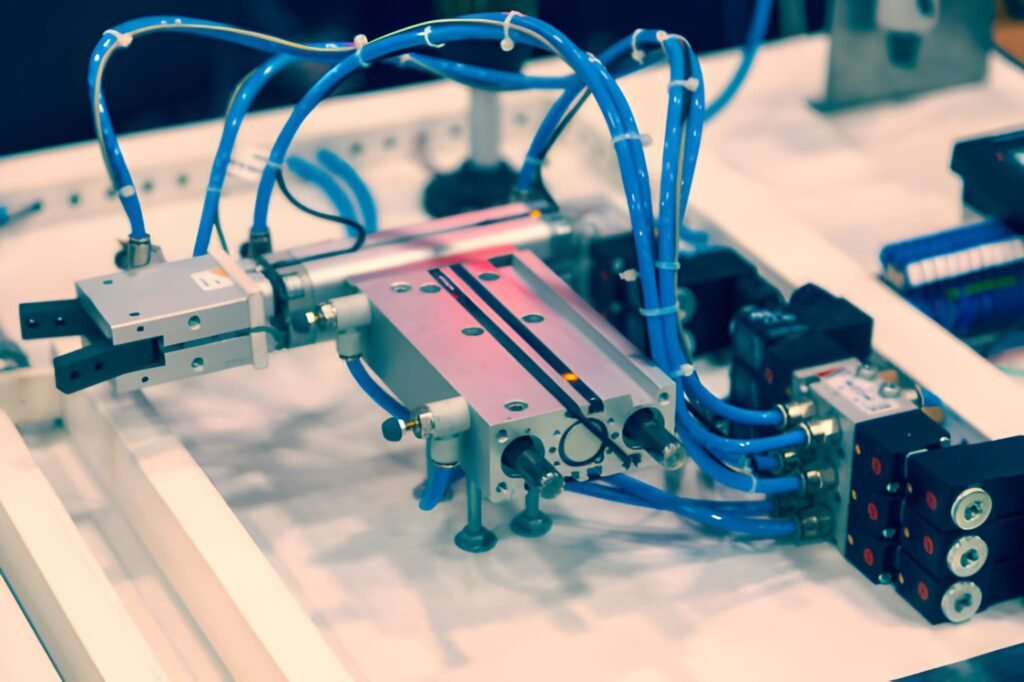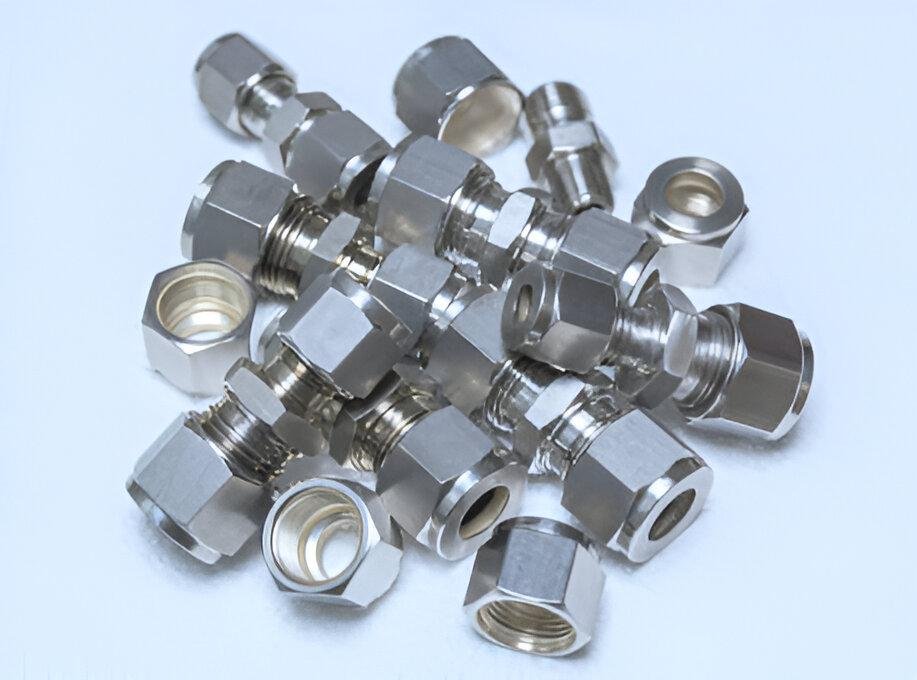Copper alloys, with their excellent corrosion resistance, electrical conductivity, and workability, have become ideal materials for high-reliability connectors—especially in harsh environments such as marine, chemical, and power industries where exposure to chloride ions, acidic or alkaline media, or high temperature and humidity is common.
By incorporating elements like chromium and nickel to form a dense oxide film, and combining protective coatings, optimized structural design, and regular maintenance, the durability of copper barb connectors can be significantly enhanced.
Corrosion resistance of copper connectors
Copper alloy materials have excellent corrosion resistance and can increase the corrosion resistance of electronic connectors. Copper alloys contain elements such as chromium and nickel, which can form a dense oxide film to prevent corrosion by corrosive media. At the same time, copper alloys also have good ductility and conductivity, making them ideal materials for manufacturing high-performance connectors.
Importance of corrosion-resistant materials
In harsh environmental conditions, the anti-corrosion requirements of connector parts are high. The use of corrosion-resistant materials can extend the service life of the connector and reduce failures caused by corrosion. Corrosion-resistant materials can resist the corrosive damage of the surrounding medium and ensure the reliability and stability of the connector.
How to choose the right corrosion-resistant barb connector material
Many factors need to be considered when selecting corrosion-resistant barb connector materials, such as application environment, service life, working conditions, etc. Commonly used corrosion-resistant materials include stainless steel, copper alloy, plastic, etc. Stainless steel has good corrosion resistance and high strength; copper alloy has excellent conductivity and good machinability; some plastics such as PVDF also have excellent chemical corrosion resistance. It is necessary to select the appropriate material according to the specific application.

To learn more about our connectors and find the best product for your needs, please visit our Barb Connector Series and C-type Quick Connector Series pages.
Under what circumstances will copper barb connectors be exposed to corrosion-resistant environments
Copper barb connectors may be exposed to highly corrosive environments in the fields of ocean, chemical industry, and electric power. For example, the marine environment contains a large amount of chloride ions, which can easily cause pitting and stress corrosion; the chemical environment may contain corrosive media such as acids and alkalis; and power equipment that works in high temperature and humid environments for a long time also faces corrosion problems. Therefore, these fields have high requirements for the corrosion resistance of connector materials.
Anti-corrosion measures in special environments
For connectors exposed to harsh environments, in addition to selecting corrosion-resistant materials, additional anti-corrosion measures can be taken, such as applying an anti-corrosion coating on the connector surface, using specially formulated anti-corrosion materials for sealing, regular cleaning and maintenance, etc.; for special-shaped parts such as bolts, polysulfide sealants, epoxy coal tar and other materials can be used for protective treatment. Comprehensive protection can maximize the corrosion resistance of the connector.
Methods to improve connector durability
Methods to improve the durability of copper barb connectors include: selecting high-quality copper alloy materials, plating corrosion-resistant coatings, reasonable structural design, standardized installation and construction, and strengthening daily maintenance. In material selection, environmental factors and performance requirements should be comprehensively considered, and the materials should be tested and certified as necessary. Optimize the connector structure, reduce stress concentration, and avoid weak points caused by corrosion. Strengthen on-site management, remove corrosion products in a timely manner, conduct regular inspections, and repair or replace when necessary.
—
The corrosion resistance of copper alloy connectors depends on material composition (such as protective layers formed by chromium/nickel oxides), environmental compatibility (addressing challenges like marine chlorides and industrial acids/alkalis), and comprehensive protection strategies (plating, sealing, and stress optimization).
When selecting materials, it is important to balance electrical performance with resistance to corrosive media, and to maintain long-term stability through standardized installation, regular cleaning, and timely repair or recoating.
If you are interested in our copper barb connectors, you can click to contact us now or send an email for consultation.

